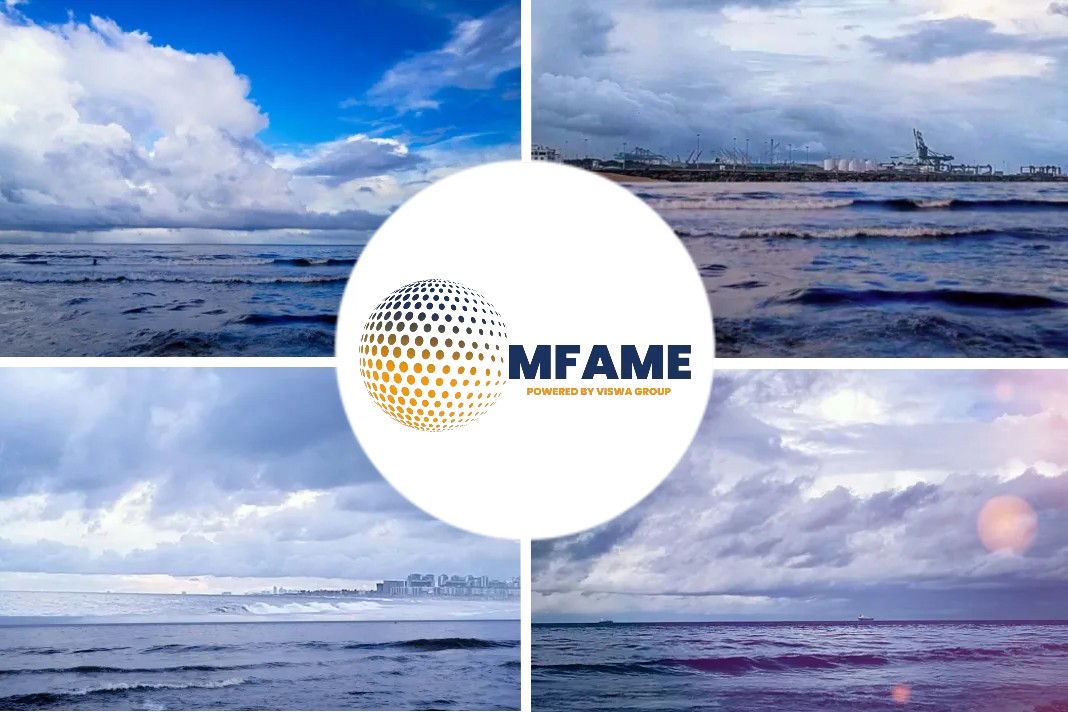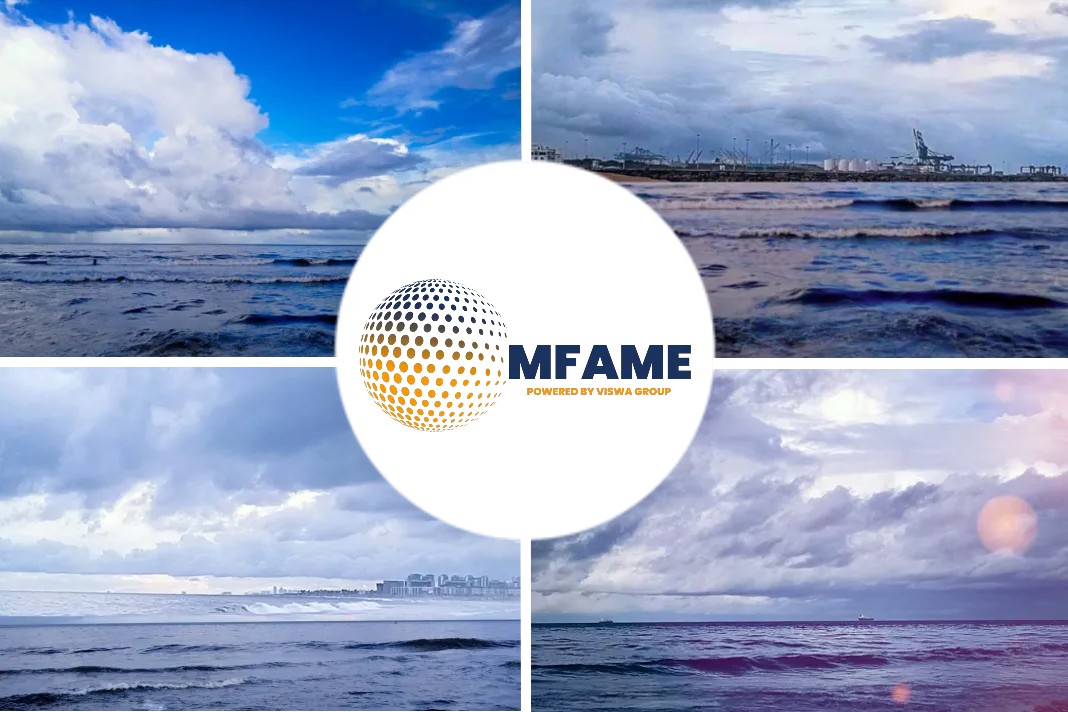
Daniel Norris/unsplash
LNG prices are set to remain elevated over the next two-three years, reflecting the impact of the Russia-Ukraine war, with global markets likely to rebalance towards 2025, says an article published on SPGlobal.
Energy transition solution
Still, LNG prices will not likely go back then to the levels seen a couple of years ago as strong demand-side fundamentals, amplified by the immediate opportunity that gas presents as an energy transition solution until renewables can be adequately developed worldwide, will support its uptake, Everingham said in an interview to S&P Global Commodity Insights Nov. 9.
Peace settlement
Gas prices soared this year tracking the Russia-Ukraine war.
But even if there was some peace settlement or an agreement with Ukraine, non-Russian gas will likely continue to attract a premium, Everingham said.
Established energy networks
The Platts JKM for December was assessed at $24.33/MMBtu Nov. 10.
‘It’s [relatively] easy for Western economies [compared to Asia] to have various established energy networks across the country to install renewables and start the passage towards sustainable energy architecture.”
Grappling challenges
However, having said that, the West is also grappling with challenges when it comes to quenching its energy needs.
“Energy security is something which many countries had taken for granted for a long time,” Everingham said, noting that the Russia-Ukraine war was a trigger forcing many countries to put a significant focus on the energy security.
Renewed realization
Everingham said“I also think that there is a renewed realization across most governments [both in emerging nations and others] that gas is the obvious transition source,”
Storage technology
Germany, for example, is now building import terminal capacity for a reason, not being “completely comfortable” trying to be reliant on renewables because they are intermittent and storage technology is not as advanced yet, Everingham said.
Five state-backed
The country — which has no LNG import infrastructure at present — is developing a total of five state-backed FSRU projects, with the initial focus on supplying LNG into the Wilhelmshaven and Brunsbuttel sites, S&P Global reported recently.
Ramping up energy supply is a much more arduous task in emerging Asian nations, who mostly either don’t have the requisite LNG infrastructure or the potential know-how and experience to tackle those aspects, Everingham said.
Supply risks
When it comes to the supply-side, “resource nationalism is on the rise”, making some customers in Asia such as those in Japan, Korea Taiwan, and China, “very anxious” Everingham said.
Restricted availability
This comes at a time when Asia has had to compete with European cargoes amid limited Russian supplies, and restricted availability due to outages at other facilities worldwide.
Currently, storage was over 95% plus full in Europe for the winter, according to Everingham.

Reducing measures
“That may along with some other energy reducing measures suffice for this winter, subject to it not being a very harsh winter,” he said.
“I think there is more concern about next winter [in 2023]. They will likely use up all their storage this winter and will be starting from a much lower base. So, they’ll need more [gas supplies],” he said, adding that this shortage would trickle down to Asia next year too and be more impactful, making some some Asian buyers and countries “very nervous.”
Sustainable energy efforts, COP27
ANGEA’s founding members represent LNG and other energy producers, energy buyers, suppliers and companies operating in the Asia Pacific region.
The Association’s member companies are targeting net zero emissions by 2050 by providing reliable, affordable, and sustainable energy solutions including natural gas, carbon capture utilization and storage, ammonia and ultimately hydrogen.
Climate action
All eyes are on Egypt for the next two weeks or so to see what agreements can be reached regarding climate action during COP27.
“From my reading and understanding, COP27 is different to the one in Glasgow [COP26] in that it’s not so much about setting the standards [in COP27]. It’s more about implementation,” Everingham said.
Global ambition
Developments could include devising practical ideas like setting a global ambition on methane emissions capture, he said.
When it came to carbon, there needs to be an incentive for reducing the carbon which means it is imperative to put a price on that carbon, Everingham said.
Transboundary framework
“That way if you have an ASEAN region transboundary framework, if one country wants to produce gas and capture it and another ASEAN country wants to store it or utilize it for methane or ethane etc., then there’s that regulatory framework in place,” he said.
Advance decarbonization
In the end, collaboration — both between countries and companies — forms the backbone of a sustainable energy future, Everingham said, noting that the Indo-Pacific Economic Forum for Prosperity, or IPEF, was one such platform to enhance partnerships and advance decarbonization.
Did you subscribe to our daily Newsletter?
It’s Free! Click here to Subscribe
Source: SPGlobal





















